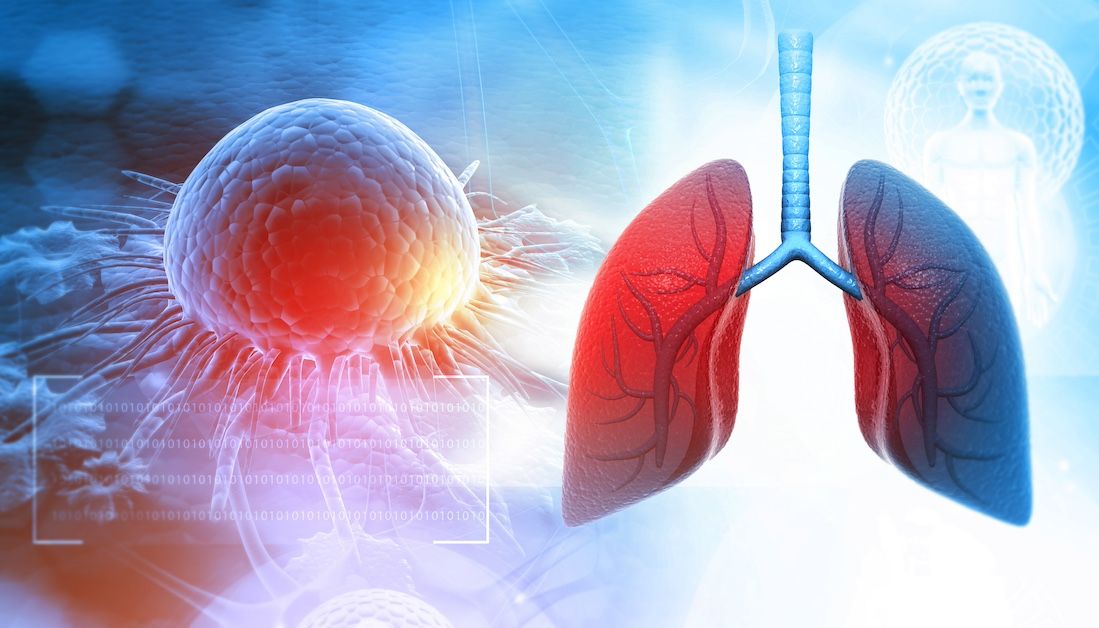Article
Survey Captures Baseline Experience of Patients With SMA
Author(s):
A recent study about the impact of spinal muscular atrophy (SMA) on patients and caregivers may help to illustrate the impact of future improvements as new therapies take hold, but more targeted SMA quality-of life-outcome measures may be needed to fully the changes.
A recent study about the impact of spinal muscular atrophy (SMA) on patients and caregivers may help to illustrate the impact of future improvements as new therapies take hold, but more targeted SMA quality-of life-outcome measures may be needed to fully capture the changes in this population.
The survey was conducted by a patient organization and conducted between March and May 2019.
Called the 2019 Cure SMA Community Update Survey, the online instrument assessed health-related quality of life (HRQoL) through the Health Utilities Index Questionnaire (HUI); work and activity through the Work Productivity and Activity Impairment Questionnaire (WPAI); and fatigue using the Patient Reported Outcomes Measurement Information System Fatigue Short Form (PROMIS Fatigue SF).
Not surprisingly, SMA patient-reported outcome measures (PROMs) show different levels of impairment by severity levels, but all responses showed higher fatigue levels than those without the illness.
In capturing the various PROMs, the authors said they now have a “a baseline picture of the patient and caregiver experience with SMA in a post-treatment era from which to measure year-over-year changes in quality of life scores from new therapies and improved care.” SMA, once considered incurable, now has 3 available therapies: risplidam, nusinersen, and onasemnogene abeparvovec.
The surveys were completed by patients or caregivers, depending on the type of SMA. The PROMIS Fatigue SF was completed by the primary caregiver of affected children. WPAI and HUI respondents included affected adults and caregivers.
Of 666 surveys, 478 were included in the final analysis; the majority were completed by caregivers. By SMA type, the respondents were 25% type I, 47% type II and 28% type III.
Responses were characterized by current functional status/milestone, with subsets for “permanent ventilation,” “non-sitters,” “sitters,” “walk with support,” and “walk alone.”
Overall, those affected by a less severe form of SMA and with a higher functional status reported higher HRQoL and better work productivity and activity levels.
For instance, the work productivity measure, the WPAI, assessed the impact of work productivity on both adult patients and caregivers of affected children. Results indicated that 47.95% and 22.01% of affected adults and caregivers, respectively, were employed.
Statistically significant differences were seen in the percentage of work missed among caregivers of a child that could sit and an affected adult that could sit, as well as in productivity lost in non-work related activities among caregivers of children that could walk independently and affected adults that could walk independently. There was higher productivity loss among the adult patients.
Caregivers of children on permanent ventilation had the greatest levels of activity impairment.
The HUI data measured 8 quality of life indicators: vision, hearing, speech, ambulation, dexterity, emotion, cognition and pain. Overall, scores ranged from –0.05 to 0.64, and the authors said that as the functional scores increased, health utility also increased.
For future use in SMA populations, however, the authors said the HUI instrument used here, which had not previously been tested in SMA, would need further refinement and adjustment in order to be fully appropriate and accurate.
Likewise, the PROMIS Fatigue SF seemed to not fully reflect the weight of fatigue felt by patients with SMA and their caregivers. While scores were high, not all of the questions were appropriate for this population or may not be precise or relevant to the specific type of SMA, the authors said.
Future surveys will incorporate other measurements and instruments to provide a more complete picture of the SMA patient population, the authors said.
Reference
Belter L, Cruz R, Jarecki J. Quality of life data for individuals affected by spinal muscular atrophy: a baseline dataset from the Cure SMA Community Update Survey. Orphanet J Rare Dis. Published online August 24, 2020. doi: 10.1186/s13023-020-01498-2





